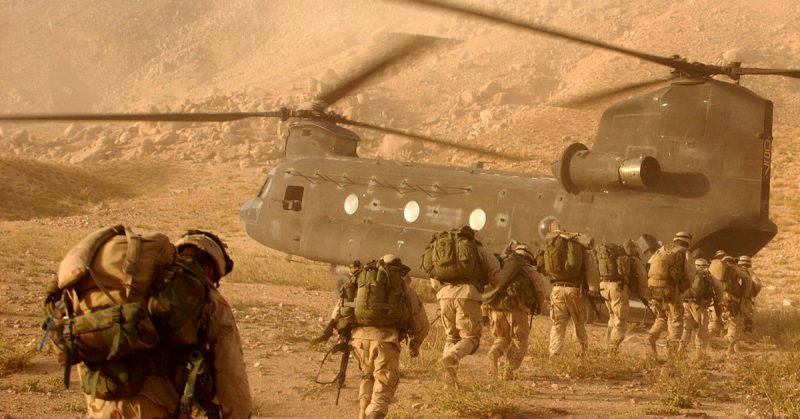Between 1965 and 1972, the US fought a traditional war against the North Vietnamese army. At the same time, they fought a counterinsurgency (COIN) campaign against Viet Cong guerilla soldiers. The US also fought COIN campaigns in Afghanistan from 2001 to 2014 and in Iraq from 2003 to 2011. Are the campaigns the same? How are they different?
The three conflicts are similar in that they all took too long in the eyes of the US public. They cost too much in money and in human lives for the general public to continue supporting the campaigns. The US presidents involved in these conflicts – Lyndon Johnson, Richard Nixon, George W. Bush and Barrack Obama – all failed to lead the people in support of these wars.
Obama went so far as to pledge that he would not send any more troops to fight on the ground in Afghanistan or Iraq even while he emphatically states that the Islamists in Syria and Iraq must be destroyed. On top of this, he suggested cutting the US defense budget in half by 2024.
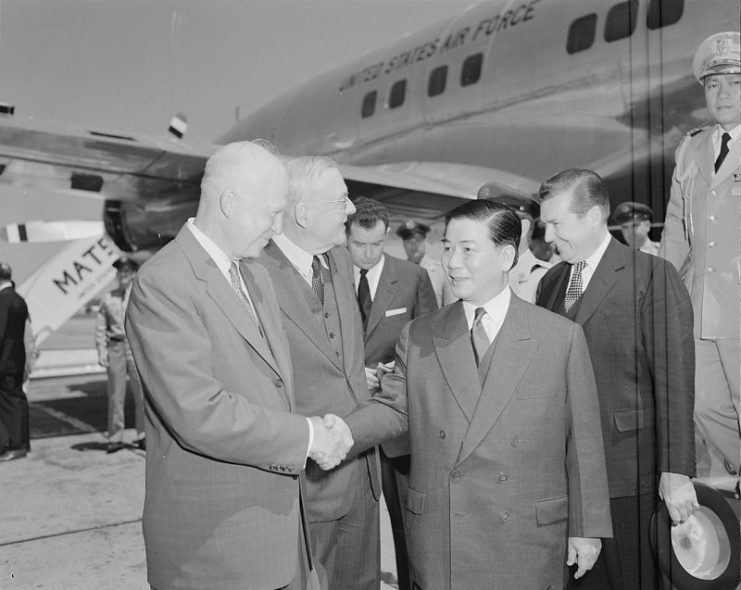
In 1965, President Johnson was simply trying to keep the Viet Cong guerrillas from overthrowing the South Vietnamese government. By the end of his term, Johnson did not have any objective in the war that could be discerned by an outside observer.
When Nixon took over in 1969, he promised to remove US troops from Vietnam while continuing to promise military aid to South Vietnam. When he resigned from the presidency, his promise was worthless.
In the Afghanistan and Iraq campaigns, Bush looked to achieve complete victory – defined as stable democracies in both countries. When Obama took over, his goal was to exit both countries.
In all three campaigns, the succeeding president refused to follow the objectives of the preceding president. In fact, Nixon and Obama based much of their presidential campaigns on repudiating their predecessors’ objectives.
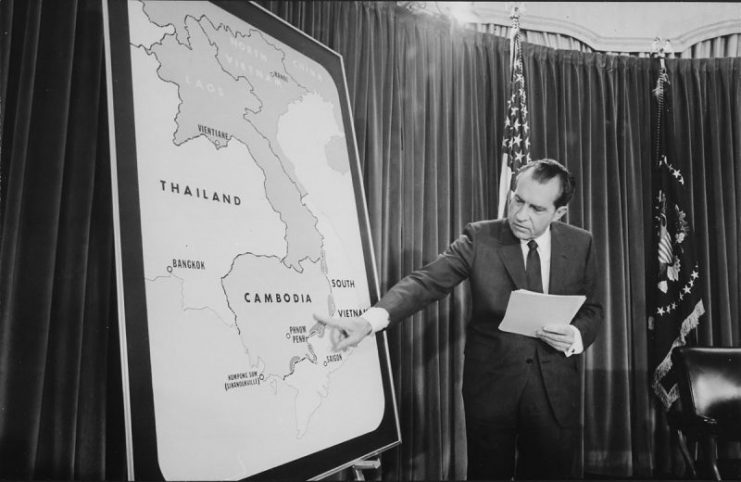
The strategy of the Vietnam war from 1965 to the middle of 1968 was to kill so many NVA soldiers and Viet Cong guerillas that the enemy would give up. The countries of Laos and North Vietnam were off limits to American ground forces.
The air force could bomb bridges and military vehicles but was not authorized to bomb cities, industrial centers or dikes that supported North Vietnamese agriculture. From 1968 to 1972, attention shifted to working more closely with the South Vietnamese to fight the Viet Cong.
Even though American ground forces were withdrawn in 1972, the North Vietnamese army was no match for the American air force. While the US cut their aid to the South, the Soviet Union and China continued to aid the North. The North eventually won in 1975 with a conventional campaign using tanks and artillery.
During the Vietnam War, the effort from America was on fighting the NVA and the Viet Cong. No effort was spent on nation-building. South Vietnam already had a functioning government.
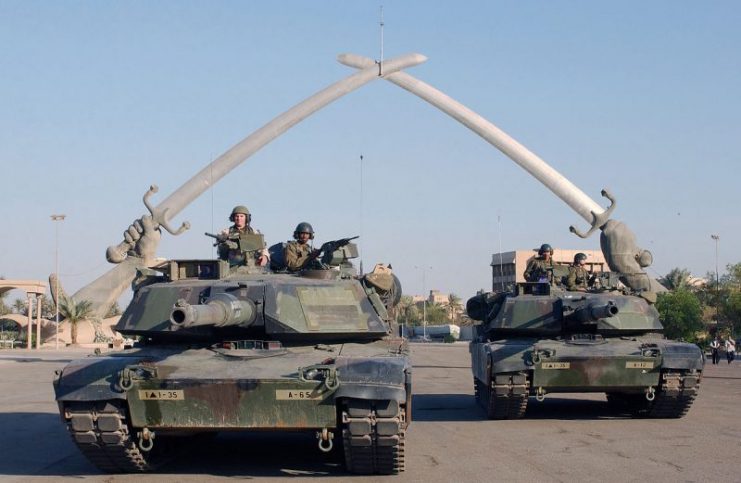
In Iraq and Afghanistan, killing the enemy was a secondary objective. The role of the US military was expanded to four primary tasks: provide security to the population, help local officials convince the citizens to support the government, fund thousands of development projects and institute a Western rule of law. Iraq stabilized between 2006 and 2007 mainly because the strongest tribe, the Sunnis, supported the Americans. When the Americans pulled out, Iraq fell apart.
Meanwhile, the US followed a policy of building a democratic country in Afghanistan. General Stanley McChrystal stated that the goal was to have 5% of the force attacking the enemy while 95% worked to protect the Pashtun tribes and convince them to support the Karzai government instead of the Taliban.
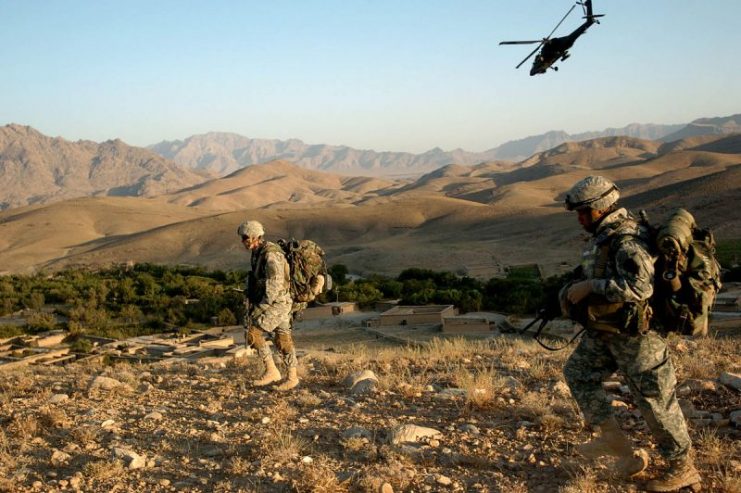
Perhaps the biggest difference between Vietnam and the campaigns in Afghanistan and Iraq is the American attitude toward death. In Vietnam, troops served one year tours. In some cases, soldiers were flown into battle and killed before anyone learned their names.
This was accepted as a fact of war at the time. In Iraq and Afghanistan, troops served in units in which they had already formed close bonds with their fellow soldiers. Ceremonies were held for the deceased soldiers, another ceremony held when the caskets were placed on the plane home, another when they arrived in the US and another at the cemetery. The specter of death affected the troops more in Afghanistan and Iraq than it did in Vietnam.
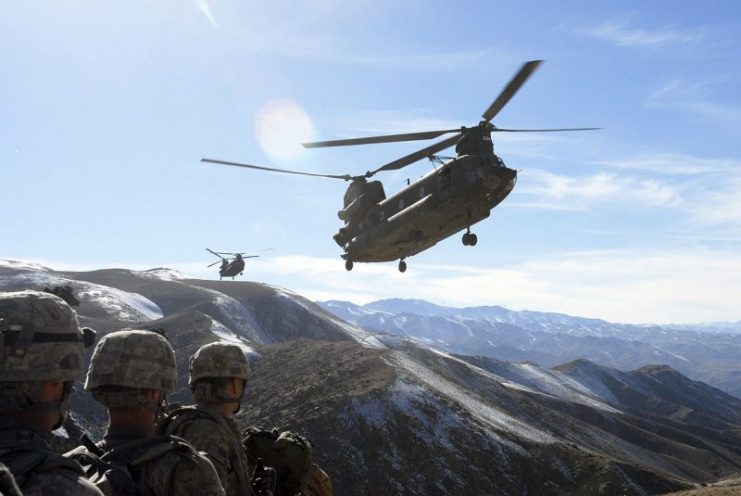
Along with the desire to rebuild these nations rather than destroy them, this fear of death led the US to fight more carefully in Afghanistan and Iraq than they did in Vietnam. Soldiers were more restricted and fewer risks were taken.
Certainly the reduced loss of life is a definitive parameter by which to define changes in result, but have the policies and outcomes changed just as significantly?
